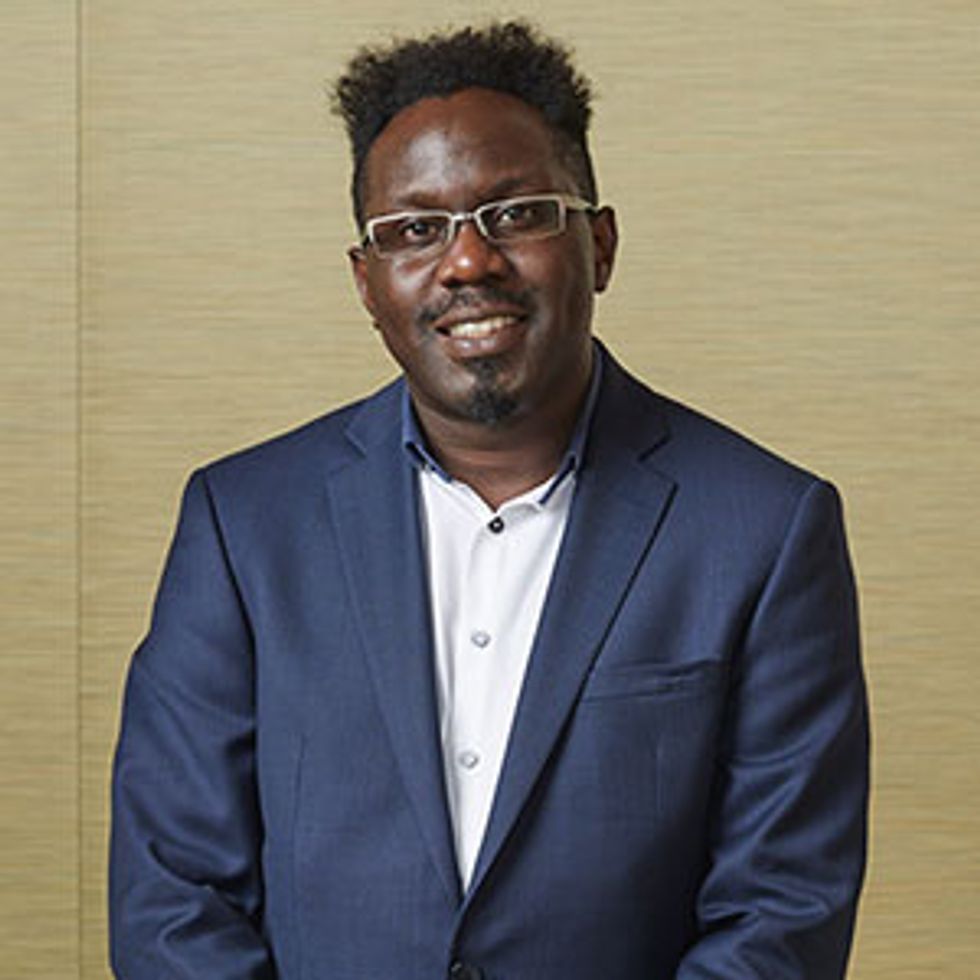When our own Tekla Perry interviewed him in 2008, Gordon Moore wanted to be remembered for “Anything, but Moore’s Law.” Today, through his and his wife Betty’s foundation, he made some strides to be remembered for something else—supporting promising inventors.
The Gordon and Betty Moore Foundation announced the first five of what will eventually be 50 Moore Inventor Fellows. Each fellow will receive a total of US $825,000 over three years to drive their invention forward, including $50,000 per year from their institution. All told, the Moore Foundation plans to invest $34 million.
“We are investing in promising scientist-problem solvers with a passion for inventing—like Gordon Moore himself,” said Harvey V. Fineberg, president of the Gordon and Betty Moore Foundation, in a press release. “By providing support to these early-career researchers, we can give them the freedom to try out new ideas that could make a real and positive difference.”
The inaugural Moore Fellows include:

Deji Akinwande, a professor at the University of Texas, Austin, and an IEEE senior member, was recognized for his work on two-dimensional silicon, otherwise known as silicene. In 2015, his group created the first silicene transistor. But he’s also been involved in developing devices made from other 2D materials including graphene, black phosphorus, and molybdenum disulfide. (He’s also winner of the 2015 IEEE Nanotechnology Early Career Award.)
Shane Ardo is an assistant professor of chemistry at University of California, Irvine. According to the Foundation, his materials invention uses sunlight to drive a novel ion-pumping mechanism that could be used to boost the power output and efficiency of electrochemical technologies. His new materials will also enable sustainable, affordable and efficient polymer devices to desalinate water.
Xingjie Ni, an assistant professor of electrical engineering at Penn State, is an expert in optical metamaterials. According to the Moore Foundation, Xingjie’s invention is a brighter quantum light source that could ultimately increase the speed, scale, and security of information transmission in quantum communication and computing. But he is perhaps best known for the development in 2015 of an ultrathin invisibility cloak that works in visible light.
Joanna Slusky is an assistant professor of molecular biosciences and computational biology at the University of Kansas. Slusky’s invention is a protein that will re-sensitize bacteria to common antibiotics, thereby overcoming drug-resistant superbugs and re-establishing the efficacy of antibiotics.
Mona Jarrahi is an associate professor of electrical engineering at UCLA and leader of the university’s terahertz electronics lab. The Moore Foundation is backing Jarrahi for her terahertz imaging tool. The instrument should help researchers understand how fundamental biological molecules behave in their natural environment and answer other fundamental questions. Her lab recently reported creating a metamaterial lens that allows terahertz beams to be steered electronically. She’s a senior member of IEEE, and, like Akinwande, has received IEEE’s Early Career Award in Nanotechnology.
The fellows will be recognized at an event later today at The Tech Museum of Innovation in San Jose, Calif.
“We cannot know in advance that an invention we support will change the world, but giving passionate inventors the resources to develop a good idea can accelerate progress in the areas we care about,” Robert Kirshner, chief program officer for science at the Moore Foundation, said in a press release.
Samuel K. Moore is the senior editor at IEEE Spectrum in charge of semiconductors coverage. An IEEE member, he has a bachelor's degree in biomedical engineering from Brown University and a master's degree in journalism from New York University.





